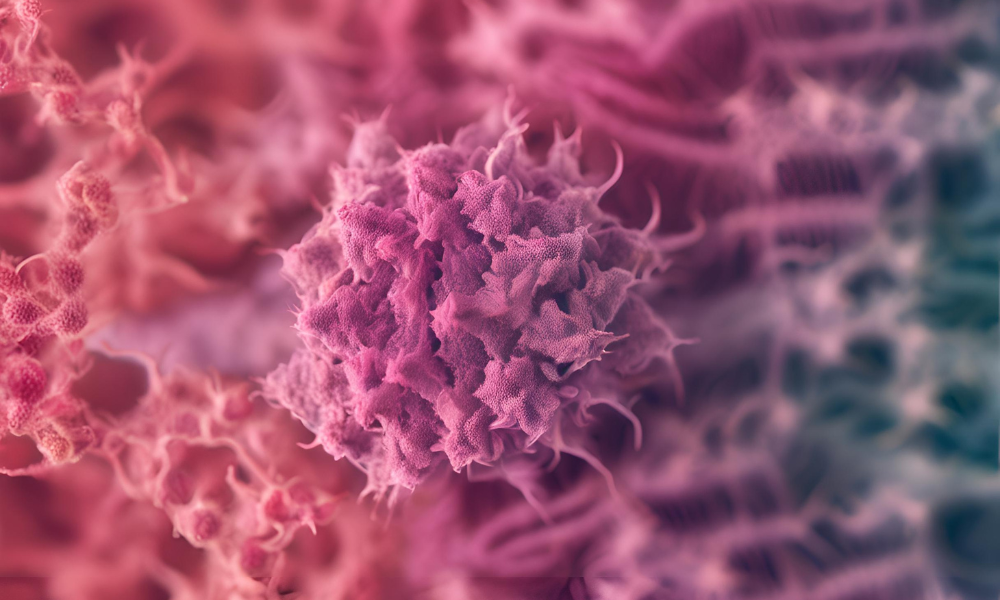
Sterilization is traditionally one of the biggest bottlenecks in biologics manufacturing. The delicate nature of biologics creates challenges, and most conventional sterilization methods use harsh conditions that can degrade sensitive proteins like GLP-1 (glucagon-like peptide-1) and EGF (epidermal growth factor). Since these biologics cannot withstand standard sterilization techniques, manufacturers must seek alternative methods. Fortunately, supercritical carbon dioxide (scCO₂) sterilization is an enabling technology that gives optimism for sterilization modalities that may be compatible with the growing demand for biologics.
The Growing Demand for Biologics
Because biologics can be tailored to target specific disease pathways, they are becoming more popular as healthcare shifts toward personalized therapies and targeted treatments.
One example is the GLP-1 hormone, which helps regulate blood sugar levels and promotes weight loss. Medications formulated with GLP-1 receptor agonists, like the brand names Ozempic® and Wegovy®, have become heavily in demand due to their role in managing diabetes and obesity.
Meanwhile, EGF is a protein that stimulates cell growth, proliferation, and wound healing. EGF is widely used for tissue engineering, stem cell therapy, and advanced wound care applications.
The GLP-1 and EGF proteins have intricate folding patterns, making them prone to denaturation if exposed to heat, agitation, or pH changes. Even minor changes to these sensitive biologics can affect how they function, making them much less effective.
Advantages of Supercritical CO₂ Sterilization for Biologics
The unique features of supercritical CO₂ sterilization make it particularly well-suited for sensitive biologics:
- Gentle Process Conditions: Operating at mild temperatures (typically 35°C), supercritical CO₂ avoids high heat that can denature proteins.
- Non-Destructive: Unlike radiation and chemical methods, supercritical CO₂ preserves most peptide bonds and it does not introduce toxic chemicals that adversely impact protein structures.
- Deep Penetration: The supercritical state of CO₂ allows it to penetrate materials thoroughly, ensuring comprehensive sterilization.
- Environmentally Friendly: Carbon dioxide is non-toxic, and broadly available, making the sterilization process sustainable and eco-friendly.
The Limitations of Traditional Sterilization Methods
To appreciate the benefits of supercritical CO₂ sterilization, it is essential to understand why conventional techniques fall short for sensitive biologics like GLP-1 and EGF.
Biologics Sterilization with Heat
Heat-based methods, including autoclaving and dry heat sterilization, are widely used for many medical and laboratory applications. However, these techniques are not suitable for protein-based drugs:
- Protein Denaturation: Exposure to high temperatures can cause proteins to unfold and lose their three-dimensional structure. For GLP-1 and EGF, a damaged structure results in reduced or no effectiveness.
- Aggregation: Denatured proteins often form insoluble clumps, or aggregates, triggering unwanted immune responses and adverse effects.
- Irreversible Damage: Once a protein is denatured, it cannot be refolded into its active conformation, making the damage irreversible.
Biologics Sterilization with Radiation
Radiation methods, including gamma and electron beam sterilization, are effective for materials that are less sensitive to ionizing radiation. However, these methods are not suitable for biologics:
- Molecular Disruption: High-energy radiation can break peptide bonds and cause oxidative damage, leading to fragmentation and loss of function.
- Chemical Modifications: Radiation exposure may oxidize sensitive amino acids, altering receptor binding sites essential for the protein’s function.
- Limited Applicability: Although radiation is useful for sterilizing surfaces and medical devices, it is too harsh to maintain the functionality of biologics.
Biologics Sterilization with Gas/Chemicals
Gas sterilization, such as ethylene oxide (EtO), and chemical sterilants such as formaldehyde may be effective for temperature-sensitive materials. However, they present significant challenges for protein-based biologics:
- Residue Toxicity: EtO and chemical sterilants may leave behind toxic residues that are difficult to remove completely, posing a risk to patients.
- Protein Modification: These chemicals can react with amino acid residues, leading to structural modifications that impair bioactivity.
- Cross-Linking: Chemical sterilants can cause unwanted cross-linking of proteins, resulting in aggregation and loss of function.
Traditional methods of sterilization compromise the delicate balance required to maintain sensitive biologics. Their inability to preserve the intricate three-dimensional structure of proteins like GLP-1 and EGF underscores the need for a gentler approach.
By preserving bioactivity, ensuring deep sterilization, and leaving no harmful residues, scCO2 offers a safer, more effective alternative to traditional methods. As the demand for biologic therapies grows, supercritical CO₂ could help make these treatments more reliable, scalable, and accessible than ever before.
If you would like to learn more about supercritical CO₂ sterilization and how investing in supercritical CO₂ sterilization equipment can improve biologics manufacturing, contact NovaSterilis to schedule a consultation.

